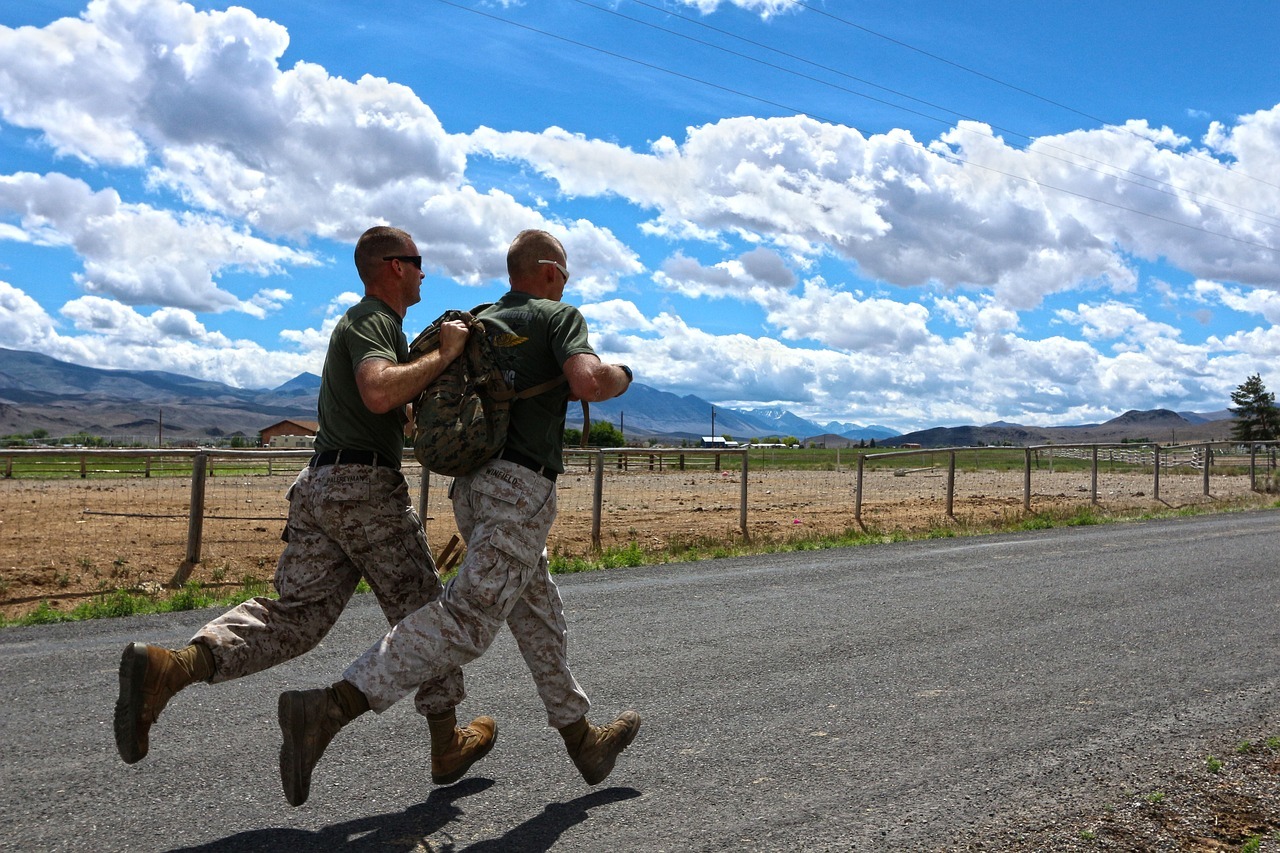The Army Uniform Regulations Military Personnel Have to Follow
Posted by Kevin Green on Aug 13th 2022
The US Army is widely considered one of the most structured organizations in the world. They have strict policies and rules for nearly everything in daily life, from how soldiers are expected to address their commanding officer to how they march.
Military uniforms are no different.
The Department of the Army Pamphlet 670-1 is an exhaustive overview of Army uniform regulations. It is a lengthy document, with 76 pages full of military uniform rules for every type of Army uniform.
If you’re hoping to understand what goes through a soldier’s mind as they put on their combat uniform, here are some of the key takeaways.
What goes into an Army uniform?
There are often misconceptions around what constitutes a full army uniform, usually from movies or TV shows.
According the to Army itself, their uniform consists of the following components:
Although this seems straightforward, there are specific requirements for each article of clothing a soldier adorns. One of the key army uniform regulations is on the color of each uniform item and the material out of which it is made.
A soldier's undershirt and belt must be tan-colored, while their socks can be tan, green, or black. The fabric of the entire uniform must consist of 50 percent nylon and 50 percent cotton. For several of the items, the US Army goes into further detail on military uniform rules for appearance and standard practices for care.
Coats
Soldiers are required to keep their coats either hooked, looped or buttoned and zipped. The front of their coats must remain straight and unwrinkled while extending to the top of the soldier’s cargo flap, which is slightly below their belt line.
Some uniform coats include Mandarin collars. Army uniform regulations require soldiers to wear their collars down unless they are wearing body armor. They are also allowed to sew or pin on any number of authorized badges, including their name and rank. However, they must either pin or sew all of the badges on. They are not permitted to mix sewn on badges with pinned badges.
When cleaning their coats, soldiers are instructed to not use starch as it can damage the fabric. Coats should be washed using cold water with a mild detergent.
Trousers
While wearing their combat uniforms, soldiers must keep their trousers tucked into their boots. Military uniform rules forbid soldiers from wrapping the trouser leg tightly around to make it look as if the trousers are “pegged.”
Army uniform regulations also dictate how the trousers should fit. Soldiers should be able to kneel and squat, if necessary, which means their trousers should not fit too tightly on their waist and hips. And, if their pants have slots for knee pads, soldiers need to keep them closed at all times.
Accessories
In addition to the standard components of the combat uniform, soldiers are authorized to wear several types of accessories. This includes the following items:
- Bags, backpacks, and handbags
- Berets
- Gloves
- Neck gaiters
- Hydration backpacks
- Eyeglasses and sunglasses
Military personnel are also permitted to wear role-specific accessories. Army chaplains, for example, have their own apparel, as do military police members. Army uniform regulations state any soldier who carries a bag or wears a backpack must ensure it has a conservative appearance with neutral colors.
The same principle holds true for eyeglasses and sunglasses. Soldiers can wear prescription glasses and non-prescription sunglasses as a part of their uniform as long as they use a conservative design. Glasses with distinctive colors or shapes are not permitted.
Military uniform rules also allow soldiers to wear religious jewelry or apparel. Once again, the military requires these items to be conservative in appearance and not “overly-showy.” This includes articles such as hijabs, although it requires a commander’s approval.
General Appearance

Army personnel are held to a high standard as it relates to their general appearance.
While wearing their combat uniforms, soldiers may not keep their hands in their pockets, though they can reach into them occasionally to retrieve objects. Army uniform regulations require each article of clothing to be ironed without any creases. They can have a single electronic device on their uniform, which they must carry on their belt or waistband. If the device has any cables or chains attached to it, it must not be visible.
Under certain circumstances, military uniform rules permit soldiers to roll their sleeves up, though they cannot roll the sleeves up more than three inches above their elbow. During cold weather months, soldiers are also allowed to wear gloves when their commander gives them permission to do so. Most importantly, soldiers cannot, except under rare circumstances, mix civilian clothing with military clothing.
When Soldiers Are Permitted to Wear Their Uniforms
Army uniform regulations also dictate when soldiers should and should not wear their combat uniforms.
Generally speaking, an army uniform can be worn year round. The US Army explicitly says soldiers can wear their uniforms while traveling on domestic flights or while off-duty, unless their commander tells them otherwise. An exception to this is any occasion when the soldier spends time at an establishment that serves alcohol. They are also advised to not wear them to social events since they could be seen as inappropriate.
Deciphering It All
Clearly, soldiers have a lot of army uniform regulations to consider every morning when they put on their uniform. So, the next time you see a member of the army, thank them for their service — and maybe direct them to a reliable dry cleaner!

